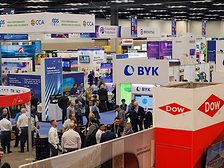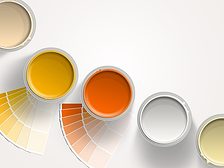Featured on Home Page
Phyllosilicate Clay Thickeners for Latex Paints
Winner of the PCI Award for Technical Excellence at the Waterborne Symposium
Read More
Keep the info flowing with our eNewsletters!
Get the latest industry updates tailored your way.
JOIN TODAY!Copyright ©2025. All Rights Reserved BNP Media.
Design, CMS, Hosting & Web Development :: ePublishing











